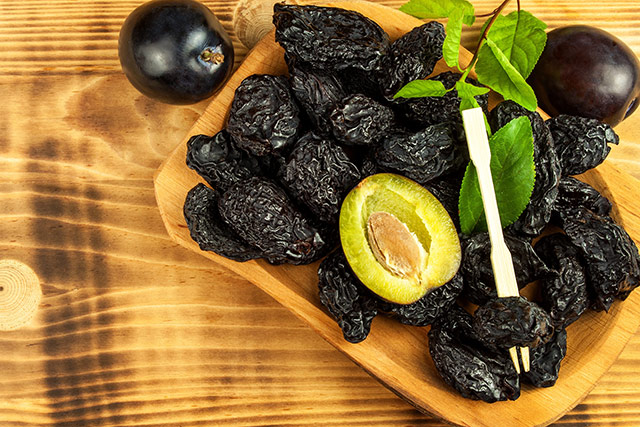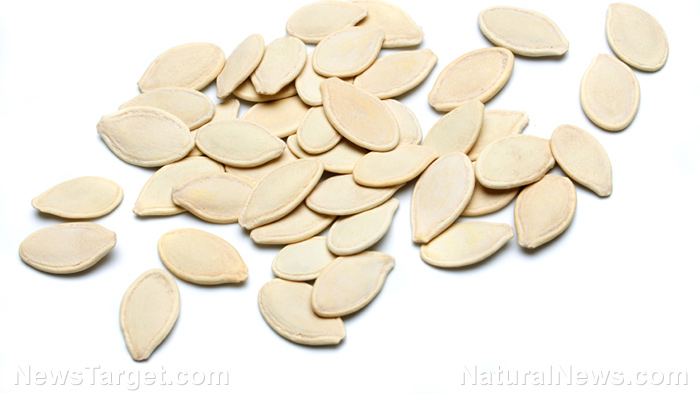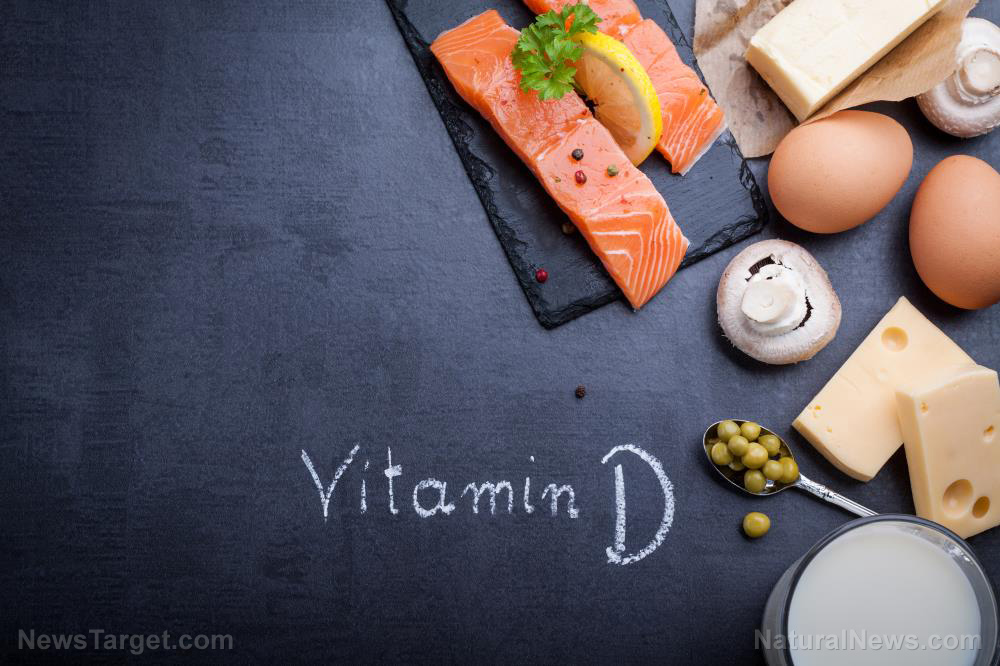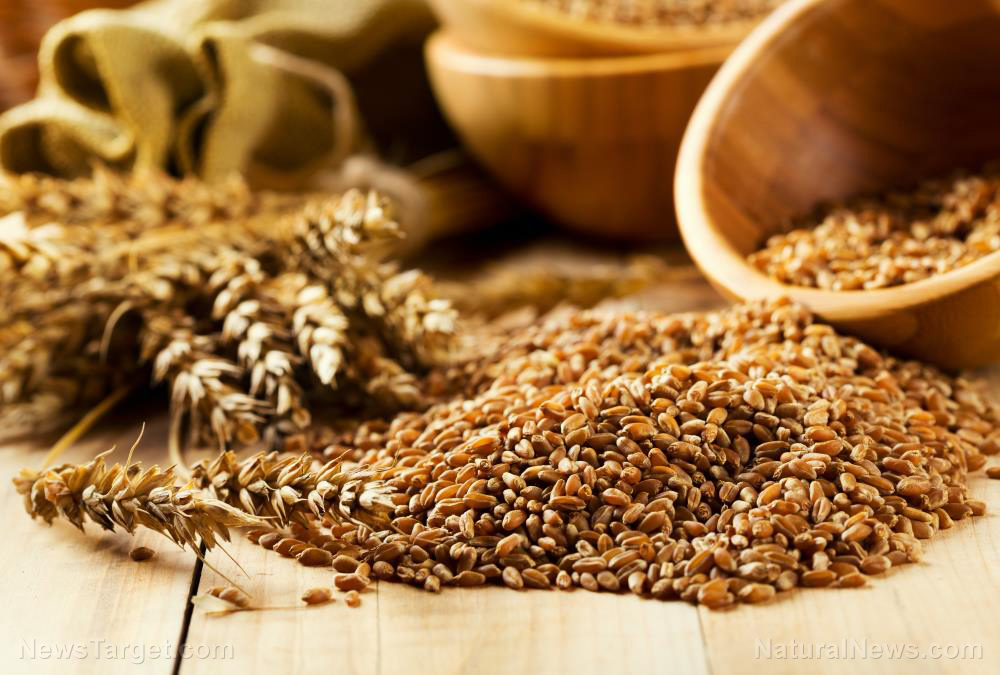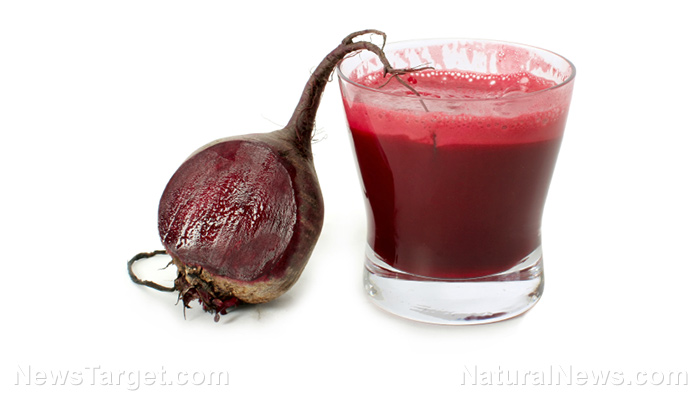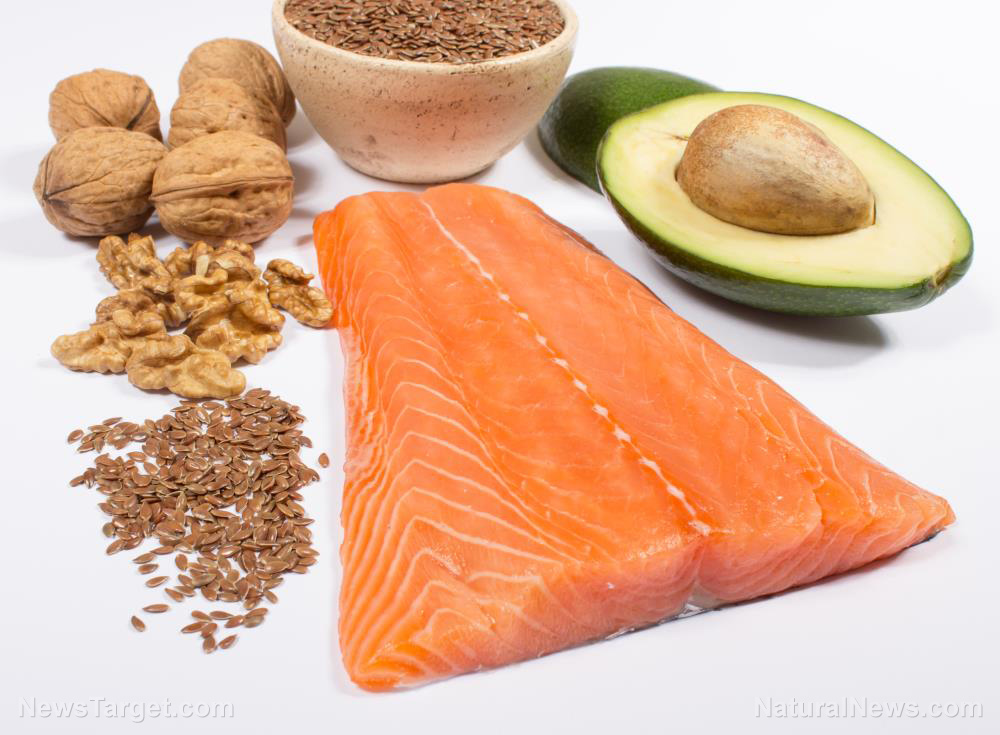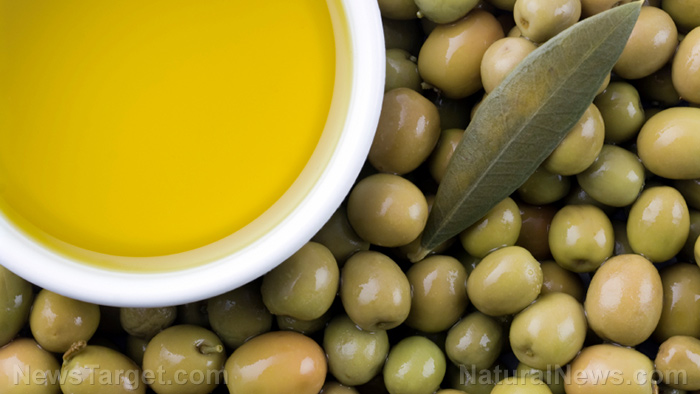Want to age gracefully? Diet is the key to disease prevention
11/29/2018 / By Ellaine Castillo

As people age, they become more conscious of their well-being. It isn’t without reason, given that they are now prone to more health conditions. One of these is coronary heart disease, the leading cause of death among older adults. The condition is preventable, and changes in diet can reduce the risk of getting it. Most older adults still make mistakes when it comes to their nutritional intake. In one study, researchers looked at how antioxidants and fats affect healthy older adults. The research was a collaboration between the Jagiellonian University Medical College and Cracow Higher School of Health Promotion.
Coronary heart disease occurs when both the blood and oxygen supply to the heart are not enough. This happens when cholesterol plaques block the arteries and interrupt blood flow. The Centers for Disease Control and Prevention attributes more than 370,000 deaths in the U.S. to coronary heart disease. That number should be enough for people to take measures to avoid it. Fortunately, a change in diet can reduce a person’s chances of getting it later in life.
One way for a person to improve their chances against heart disease is to eat a health-healthy diet. This includes carbohydrates from whole grains, fruits, and vegetables. Antioxidants and non-hydrogenated unsaturated fats are also part of this diet. These two, in particular, were the focus of this study. There are many types of fats present in the food that people eat. Of these, he should eat unsaturated fats like omega-3 fatty acids. In particular, these improve cholesterol levels, reduce inflammation, and regulate heartbeat. Omega-3 fatty acids are common in plant-based foods such as oils, nuts, and seeds. Antioxidants, found in fruits and vegetable, are also recommended, thanks to its ability to reduce free radical damage. Free radicals can increase the risk of coronary heart disease by damaging tissues. It can also interfere with signaling pathways associated with regulating heartbeat. These can even become life-threatening if it causes endothelial dysfunction by meddling with processes involved in myocardium remodeling.
In this study, published in the Annals of Agricultural and Environmental Medicine, the researchers assessed the dietary intake of antioxidants and fats of 143 elderly participants, who were between 65 to 80 years old. The team used month food frequency questionnaires to measure for the level of antioxidants in their diet. The survey classified foods into nine major food groups — fruits, vegetables, herbs and spices, grains and cereal-based products, seafood, mixed dishes, oil and dips, sweets, and beverages. From the results of the survey, researchers found that most of the participants did not eat enough antioxidant-rich foods. If a person does not eat these foods, which include fruits and vegetables, his risk of dying from cardiovascular disease is greater.
The researchers then conducted interviews and food frequency questionnaires. This was to assess dietary fat intake and frequency of fat consumption. They found that participants exceeded their recommended intake of unhealthy saturated fats. Meanwhile, their consumption of unsaturated fatty acids was less than the recommended amount. They also found that most of the fats in their diets were from animal fats and cakes, instead of healthier sources like fish and nuts.
The findings suggest that older adults have an insufficient intake of antioxidant-rich foods. In addition, their unsaturated fat intake was also inadequate, as most of their foods had harmful saturated fats. Still, the researchers believe that if significant changes in diet are made, it can improve their nutritional intake and decrease the risk of age-related diseases, including coronary heart disease. (Related: Achieve vibrant health with natural diet and lifestyle.)
Sources include:
Submit a correction >>
Tagged Under:
#nutrition, aging, antioxidant, cardiovascular disease, coronary heart disease, diet, dietary habits, elderly people, fats, nutrients, seniors
This article may contain statements that reflect the opinion of the author
RECENT NEWS & ARTICLES
COPYRIGHT © 2017 NUTRIENTS NEWS






